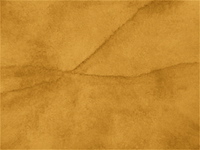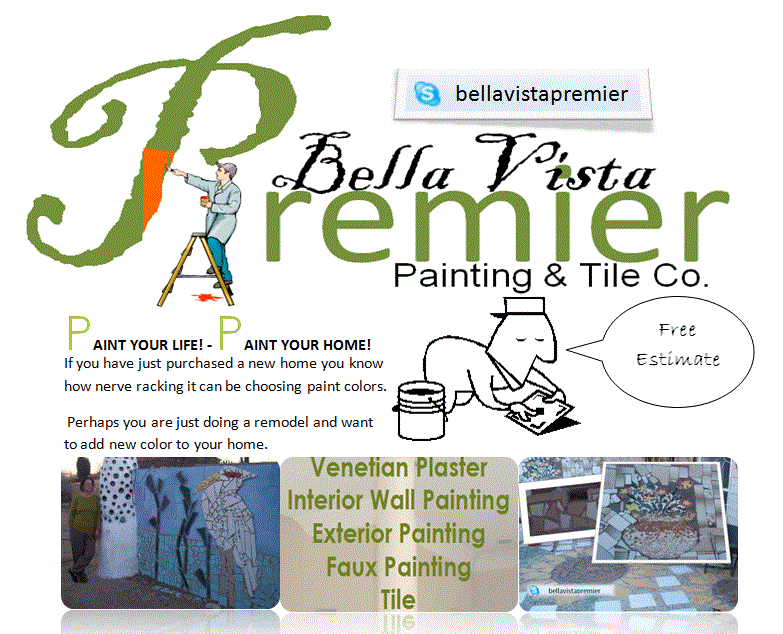Monday, July 25, 2011
Saturday, July 23, 2011
Popular Venetian & Italian Plaster Finishes
Veneziano
This popular upscale plaster is resin based and burnishes to a beautiful high gloss finish. It is smooth and cool to the touch and is washable, patchable and very durable. Veneziano can be applied in any color or as a bicolor finish.
****************************************************************
FREE ESTIMATES
Ceramics as wall decoration
Ceramics as wall decoration
The earliest evidence of glazed brick is the discovery of glazed bricks in the Elamite Temple at Chogha Zanbil, dated to the 13th century BCE. Glazed and coloured bricks were used to make low reliefs in Ancient Mesopotamia, most famously the Ishtar Gate of Babylon (ca. 575 BCE), now partly reconstructed in Berlin, with sections elsewhere. Mesopotamian craftsmen were imported for the palaces of the Persian Empire such as Persepolis. The tradition continued, and after the Islamic conquest of Persia coloured and often painted glazed bricks or tiles became an important element in Persian architecture, and from there spread to much of the Islamic world, notably the İznik pottery of Turkey under the Ottoman Empire in the 16th and 17th centuries.
Transmitted via Islamic Spain, a new tradition of Azulejos developed in Spain and especially Portugal, which by the Baroque period produced extremely large painted scenes on tiles, usually in blue and white. Delftware tiles, typically with a painted design covering only one (rather small) tile, were ubiquitous in Holland and widely exported over Northern Europe from the 16th century on. Several 18th century royal palaces had porcelain rooms with the walls entirely covered in porcelain. Surviving examples include ones at Capodimonte, Naples, the Royal Palace of Madrid and the nearby Royal Palace of Aranjuez.[3] Elaborate tiled stoves were a feature of rooms of the middle and upper-classes in Northern Europe from the 17th to 19th centuries.
There are several other types of traditional tiles that remain in manufacture, for example the small, almost mosaic, brightly coloured zellige tiles of Morocco. With exceptions, notably the Porcelain Tower of Nanjing, tiles or glazed bricks do not feature largely in East Asian ceramics.
*********************************************************************************
FREE ESTIMATES
The earliest evidence of glazed brick is the discovery of glazed bricks in the Elamite Temple at Chogha Zanbil, dated to the 13th century BCE. Glazed and coloured bricks were used to make low reliefs in Ancient Mesopotamia, most famously the Ishtar Gate of Babylon (ca. 575 BCE), now partly reconstructed in Berlin, with sections elsewhere. Mesopotamian craftsmen were imported for the palaces of the Persian Empire such as Persepolis. The tradition continued, and after the Islamic conquest of Persia coloured and often painted glazed bricks or tiles became an important element in Persian architecture, and from there spread to much of the Islamic world, notably the İznik pottery of Turkey under the Ottoman Empire in the 16th and 17th centuries.
Transmitted via Islamic Spain, a new tradition of Azulejos developed in Spain and especially Portugal, which by the Baroque period produced extremely large painted scenes on tiles, usually in blue and white. Delftware tiles, typically with a painted design covering only one (rather small) tile, were ubiquitous in Holland and widely exported over Northern Europe from the 16th century on. Several 18th century royal palaces had porcelain rooms with the walls entirely covered in porcelain. Surviving examples include ones at Capodimonte, Naples, the Royal Palace of Madrid and the nearby Royal Palace of Aranjuez.[3] Elaborate tiled stoves were a feature of rooms of the middle and upper-classes in Northern Europe from the 17th to 19th centuries.
There are several other types of traditional tiles that remain in manufacture, for example the small, almost mosaic, brightly coloured zellige tiles of Morocco. With exceptions, notably the Porcelain Tower of Nanjing, tiles or glazed bricks do not feature largely in East Asian ceramics.
*********************************************************************************
FREE ESTIMATES
Thursday, July 21, 2011
Sunday, July 17, 2011
Old World Parchment Faux Finish Painting
Dear friends, I found this information very informative in the web... I want to share it with you today, hope you like it like I did.
Since the goal of this technique is to make the walls look old and worn, you can get an authentic look by creating different shapes of dark and light tones of paint. We don't want a conformed pattern as then we would tend to get a look like wall paper. There are a few different ways to manipulate our glaze on the walls. The most common method is to use a cheese cloth to rub the glaze on the wall. Another way is to use a brush and apply a cross hatch pattern all over. You can also use paint rollers to apply the glazes to the wall and then remove some of the glaze in order to let some of the base coat to show thru. Then using a hake brush, you soften the patterns made.
Why to hire a professional?
As you can imagine the methods mentioned above are time consuming. In addition, you can't really control where your light and dark shapes will be. If you want to use more than one color, you must wait till the first layer is dry before applying another or you have to apply each color with a brush in different spots then blend together. If your walls are high, you must carry multiple trays up a ladder to do this which is not only cumbersome but dangerous. You should be using a scaffold but lets face it, scaffolding might not be an option.What colors are best to use?
 The most popular colors used with this faux finish are earth tones. Golds and browns are the most common. The main color is Florentine Brass. For the second color, you can use Turkish Coffee or our MFP1003 Black Brown which is a color we made just for our company. We recommend an off white base coat. If you want a lighter touch, then you can opt to use just the Florentine Brass or just load one section of Turkish Coffee or Black Brown to the palette instead of two sections.
The most popular colors used with this faux finish are earth tones. Golds and browns are the most common. The main color is Florentine Brass. For the second color, you can use Turkish Coffee or our MFP1003 Black Brown which is a color we made just for our company. We recommend an off white base coat. If you want a lighter touch, then you can opt to use just the Florentine Brass or just load one section of Turkish Coffee or Black Brown to the palette instead of two sections.
************************************************************************************
FREE ESTIMATES
∞∞∞∞∞∞∞∞∞∞∞∞∞∞∞∞∞∞∞∞∞∞∞∞∞∞∞∞∞∞
The Old World Parchment is the most requested faux finish there is. It's common to see pictures of walls faux painted with this technique in decorator magazines. Walls are supposed to look like aged, distressed plaster found in old stone buildings in the Mediterranean. Another common term for this finish is Tuscany. Although one might think that you need to have very rustic decor in order to incorporate this look on walls, many have faux painted the Old World Parchment in rooms with contemporary furniture, too.How to achieve this faux finishSince the goal of this technique is to make the walls look old and worn, you can get an authentic look by creating different shapes of dark and light tones of paint. We don't want a conformed pattern as then we would tend to get a look like wall paper. There are a few different ways to manipulate our glaze on the walls. The most common method is to use a cheese cloth to rub the glaze on the wall. Another way is to use a brush and apply a cross hatch pattern all over. You can also use paint rollers to apply the glazes to the wall and then remove some of the glaze in order to let some of the base coat to show thru. Then using a hake brush, you soften the patterns made.
Why to hire a professional?
As you can imagine the methods mentioned above are time consuming. In addition, you can't really control where your light and dark shapes will be. If you want to use more than one color, you must wait till the first layer is dry before applying another or you have to apply each color with a brush in different spots then blend together. If your walls are high, you must carry multiple trays up a ladder to do this which is not only cumbersome but dangerous. You should be using a scaffold but lets face it, scaffolding might not be an option.What colors are best to use?
 The most popular colors used with this faux finish are earth tones. Golds and browns are the most common. The main color is Florentine Brass. For the second color, you can use Turkish Coffee or our MFP1003 Black Brown which is a color we made just for our company. We recommend an off white base coat. If you want a lighter touch, then you can opt to use just the Florentine Brass or just load one section of Turkish Coffee or Black Brown to the palette instead of two sections.
The most popular colors used with this faux finish are earth tones. Golds and browns are the most common. The main color is Florentine Brass. For the second color, you can use Turkish Coffee or our MFP1003 Black Brown which is a color we made just for our company. We recommend an off white base coat. If you want a lighter touch, then you can opt to use just the Florentine Brass or just load one section of Turkish Coffee or Black Brown to the palette instead of two sections.What type of base coat sheen is best?
Your base coat should be a satin sheen. Eggshell is another sheen that can be used, but the method for applying the glaze on the wall is different than when you are using a satin base coat. The reason is because the glaze tends to dry faster with eggshell. Take time to watch the videos below to see the difference.************************************************************************************
FREE ESTIMATES
Subscribe to:
Posts (Atom)



